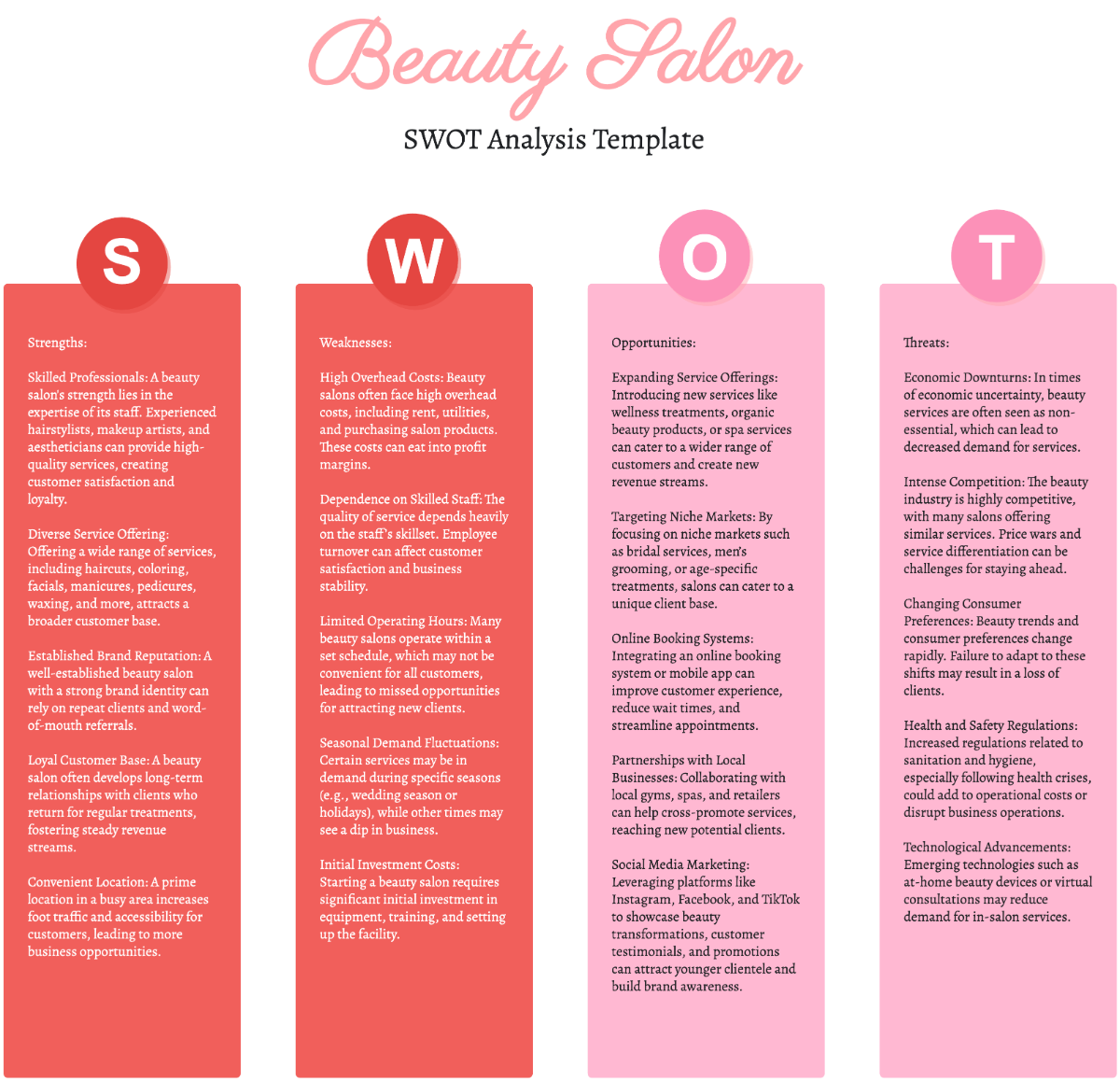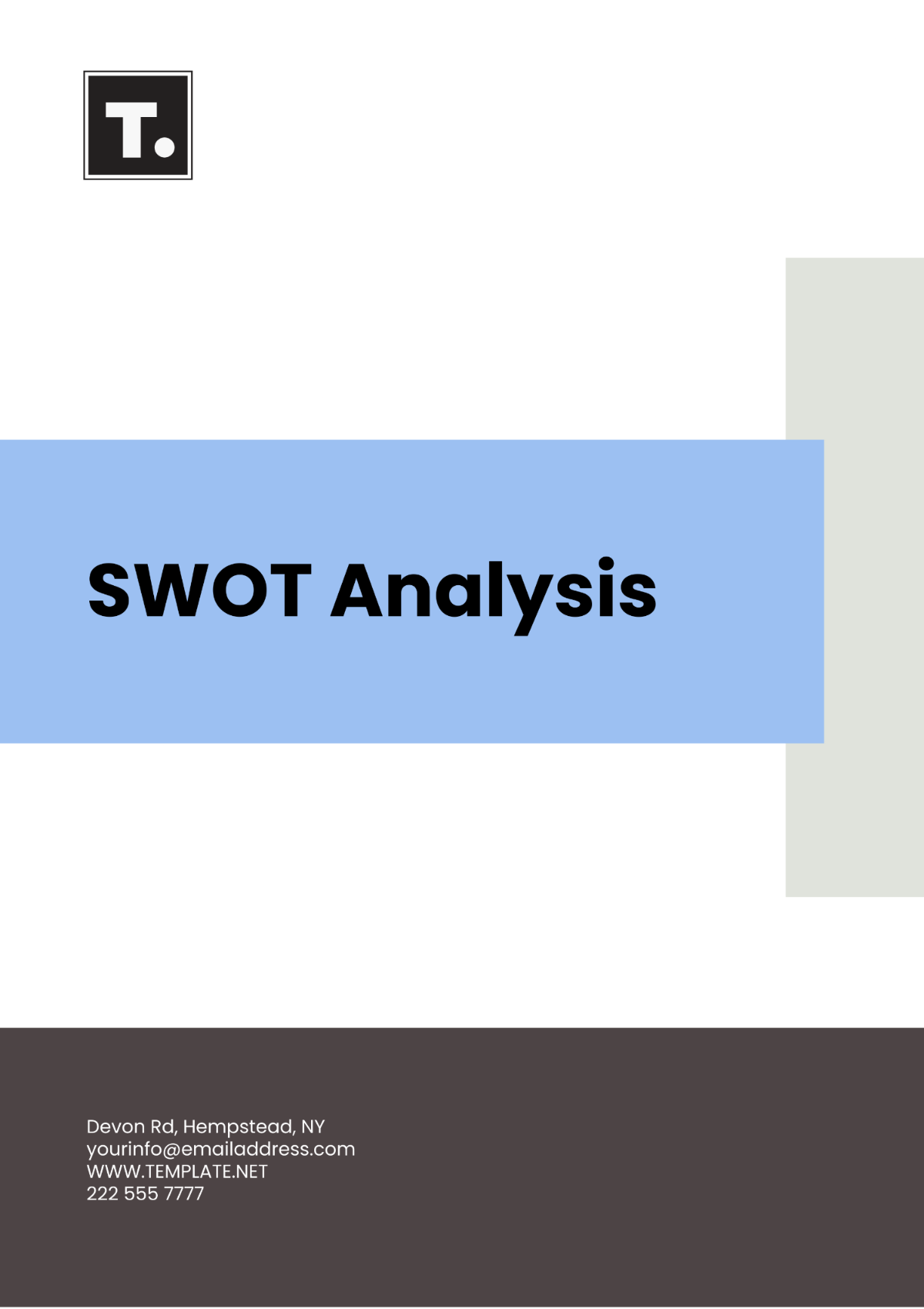Free Risk Management Gap Analysis Format Template
Risk Management Gap Analysis Format
Prepared By: [YOUR NAME]
Date: September 1, 2050
I. Introduction
In this section, provide a clear purpose for the gap analysis and define its scope. State the objective of evaluating current resource allocation in the risk management framework, identify any gaps, and create an action plan to address those gaps. This section should highlight the importance of optimizing resources to manage risks effectively.
Example:
The purpose of this analysis is to conduct a comprehensive evaluation of resource allocation within the risk management framework. The scope of this analysis includes identifying current resource distribution, assessing resource needs, and developing a strategic action plan to address any gaps. This will ensure optimized resource utilization and enhance the capacity to manage risks effectively.
II. Current Resource Allocation
Describe the current allocation of resources in terms of personnel, finances, and equipment. Be detailed about the number of personnel in each role (e.g., Risk Assessors, Risk Managers, Support Staff), the financial allocation for different categories (such as training, equipment acquisition, and operational costs), and the existing equipment currently in use. Provide specifics on what is being used now for risk management and how it is allocated across different activities.
Example:
A. Personnel
The current allocation of personnel dedicates a significant portion to operational roles, with limited staff available for risk assessment and mitigation activities. The existing team includes:
Risk Assessors: 5
Risk Managers: 3
Support Staff: 2
B. Finances
The financial resources are allocated across multiple departments, with a specified budget dedicated to risk management activities. The current financial allocation includes:
Category | Current Budget |
|---|---|
Risk Training | $50,000 |
Equipment Acquisition | $75,000 |
Operational Costs | $100,000 |
C. Equipment
The equipment currently utilized for risk management activities includes basic tools, with limited advanced technological solutions:
Standard Laptops: 10
Risk Assessment Software Licenses: 5
III. Required Resource Allocation
Identify the necessary resource allocation to effectively manage risks. Break it down into three key areas: personnel, finances, and equipment. Specify the number of additional personnel required, how much financial investment is needed, and the type of advanced equipment and tools that should be implemented. This section should outline what resources are needed to meet risk management objectives.
Example:
A. Personnel
A successful risk management strategy requires increasing the number of skilled personnel in crucial areas:
Risk Assessors: 8
Risk Managers: 5
Support Staff: 4
B. Finances
Additional financial investment is necessary to enhance risk management capabilities, as outlined below:
Category | Required Budget |
|---|---|
Risk Training | $80,000 |
Equipment Acquisition | $120,000 |
Operational Costs | $150,000 |
C. Equipment
Implementation of advanced technological resources is crucial for effective risk management:
Advanced Laptops: 15
Risk Assessment Software Licenses: 10
Incident Response Tools
IV. Gap Identification
This section should highlight the discrepancies or gaps between the current and required resource allocations. Compare the current state of personnel, finances, and equipment with what is needed, and calculate the shortfalls. This can include the number of additional staff required, the financial gap, and the necessary upgrades or additions in equipment.
Example:
The analysis identified several gaps between current and required resource allocations:
Personnel: Add 3 Risk Assessors, 2 Risk Managers, and 2 Support Staff.
Financial Discrepancy: An additional $125,000 is required to meet financial needs.
Equipment: Acquisition of advanced equipment and additional software licenses is necessary.
V. Action Plan
Develop a strategic action plan to address the gaps identified. Outline the steps that need to be taken to bridge these gaps. This could include recruitment strategies for additional personnel, financial proposals to reallocate or increase the budget, plans for upgrading equipment, and initiatives for enhanced training. Each action should be clear and actionable, with timelines or milestones for completion.
Example:
To address the resource gaps identified, the following action steps will be implemented:
Recruitment: Initiate a recruitment drive to hire additional personnel.
Budget Reallocation: Propose an increase in the risk management budget to cover financial discrepancies.
Technology Upgrade: Invest in advanced technological solutions and tools for risk management.
Training Programs: Enhance training budgets to provide specialized training for current and new staff.
VI. Conclusion
Summarize the key findings from the gap analysis and reaffirm the importance of addressing the identified resource gaps. Reinforce how implementing the action plan will lead to better resource allocation and improved risk management capabilities. Mention that the next steps will involve monitoring the effectiveness of the resource allocation and continuously improving it.
Example:
This gap analysis outlined a clear disparity between current and required resources for effective risk management. Implementation of the action plan will bridge these gaps, ensuring an optimized allocation of resources. The subsequent steps involve monitoring resource allocation effectiveness and making continuous improvements for resource optimization and enhanced risk management capabilities.

















































